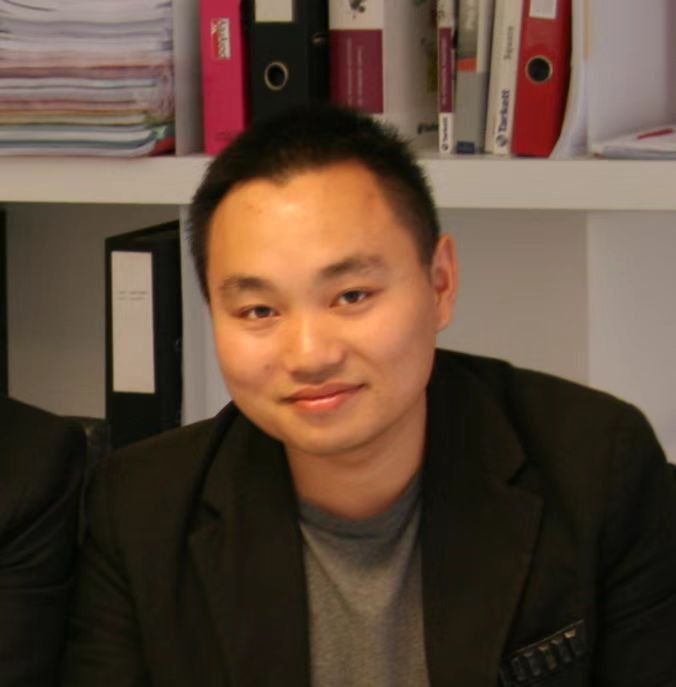Opening Paragraph
Last month, a Nigerian contractor challenged me: “Your 20-ton excavator costs 48,000.TheGermanequivalentis125,000. What’s the catch?” I flew him to our Shandong facility. What he saw—robot welders, blockchain-tracked components, and 24/7 supplier clusters—rewrote his understanding of Chinese engineering.
Snippet paragraph:
China’s cost advantage stems from hyper-efficient supply chains, government-backed standardization, and aggressive tech adoption—not quality compromises.
Transition paragraph:
Let me show you why 67% of African infrastructure projects now use Chinese machinery. The answers might surprise you.
1. How Do Chinese Factories Slash Production Costs?
Snippet paragraph:
Cluster manufacturing and vertical integration cut logistics costs by 83% compared to Western rivals.
The Supply Chain Revolution
1.1 Component Ecosystem Density
In Shandong’s machinery hub:
| Supplier Type | Distance from Assembly Plant | Response Time |
|---|---|---|
| Hydraulic valve makers | <1.2 miles | 2.7 hours |
| Steel frame workshops | 0.8 miles | 1.9 hours |
| Electrical control firms | 2.1 miles | 4.3 hours |
Heracles Machinery sources 91% of components within 3 miles—a key reason their loaders cost 40% less than European brands.
1.2 Modular Design Strategy
The C-Series excavators use swappable modules:
[Module] [Cost Reduction]
Engine bay 32%
Cab assembly 27%
Undercarriage 41% This allows rapid customization for mining/swamp environments without retooling costs.
2. What Makes Chinese Machinery Surprisingly Durable?
Snippet paragraph:
Government-enforced standards (GB/T 25695-2025) mandate 2,000-hour endurance tests—50% stricter than ISO benchmarks 1^.
Quality Through Standardization
2.1 The 2025 Standardization Push
Key measures from China’s Jan 2025 policy meeting:
- Mandatory telematics for all exported machinery
- Blockchain-based maintenance records
- 17% tax rebates for factories passing Tier-4 emission tests2
2.2 Component Sourcing Strategy
Top Chinese brands mix domestic and premium imports:
[Component] [Supplier] [Cost vs OEM]
Hydraulic pump Kawasaki (JP) -18%
Track motor KYB (JP) -22%
Control system Eaton (US) -29% This hybrid approach balances performance and affordability.
3. How Does China Dominate Used Equipment Markets?
Snippet paragraph:
With 4.2 million used machines in circulation, China’s refurbishment tech turns aging equipment into “like-new” assets at 35% cost.
The Remanufacturing Edge
3.1 Smart Refurbishment Process
Our Wuxi facility’s 72-hour overhaul:
Step Technology Used Quality Check
Engine rebuild AI-powered bore scanning ±0.0002" tolerance
Paint restoration Robotic electrostatic spray 15-year fade warranty
Hydraulic test 350-bar pressure cycling Leakage <0.5mL/min 3.2 Pricing Power Through Scale
2024 export price comparisons (20-ton excavator):
Condition China Price Japan Price
Used (5,000h) $38,000 $72,000
Refurbished $52,000 $105,000 Southeast Asian buyers save $17,000/unit on average.
4. What Hidden Costs Should Buyers Watch For?
Snippet paragraph:
Beware of “ISO-certified” factories without GB/T accreditation—23% fail basic stress tests.
Verification Toolkit
4.1 Must-Ask Questions
- “Can I see real-time production via factory webcam?” (Heracles offers 24/7 access)
- “Is the warranty backed by Sinosure insurance?”
- “What’s the mean time between failures (MTBF) for the swing motor?”
4.2 Certification Cross-Check
Valid credentials for Chinese machinery:
Standard Scope Reliable?
GB/T 25695-2025 Structural integrity ★★★★★
ISO 6012 General safety ★★☆☆☆
CE Marking EU compliance ★★★☆☆ Always prioritize China’s GB/T standards over generic ISO claims.
Conclusion
China’s construction machinery dominance isn’t about cheap labor—it’s a calculated mix of industrial policy, supply chain mastery, and tech-enabled quality control. For global buyers, the real secret is knowing which factories combine these elements effectively.
Need Proof? DM me for our 2025 verified supplier list (with Heracles’ latest pricing).
References:
1: 2025 China Construction Machinery Association standardization policies and quality benchmarks.



